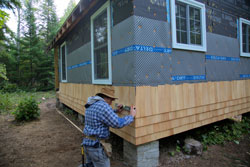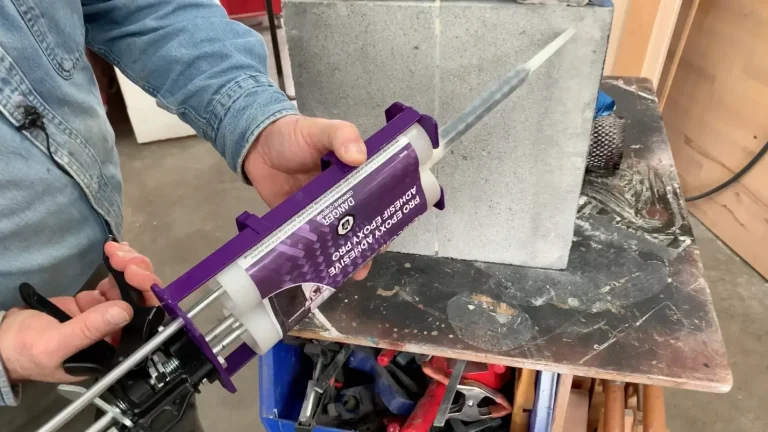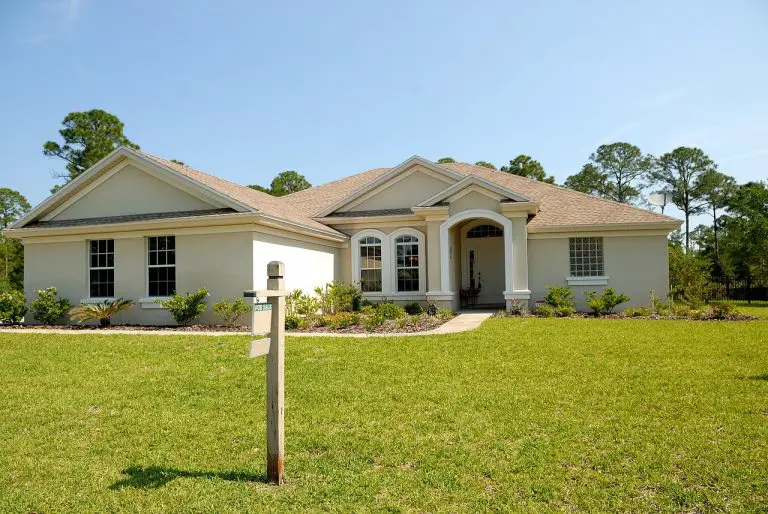 Cedar shingles have got to be the most under-appreciated siding option going. Long-lasting, beautiful and a pleasure to install, I know about these virtues first-hand from my own building projects. There are two kinds of cedar shingles in Canada – those made with western red cedar, and those made with eastern white cedar. White cedar shingles are much less common than red, but outlets that sell white cedar shingles do claim longer life, better rot resistance and physically stronger and less crack-prone wood than red cedar.
Cedar shingles have got to be the most under-appreciated siding option going. Long-lasting, beautiful and a pleasure to install, I know about these virtues first-hand from my own building projects. There are two kinds of cedar shingles in Canada – those made with western red cedar, and those made with eastern white cedar. White cedar shingles are much less common than red, but outlets that sell white cedar shingles do claim longer life, better rot resistance and physically stronger and less crack-prone wood than red cedar.
For my most recent building project, I bought 900 square feet of 18”-long, extra grade A blue label shingles online from Balmoral Cedar in New Brunswick (white-cedar-shingles.com; 866.826.2095) Shingle quality proved to be excellent, and the company delivered them right to my building site for less than the cost of shingles purchased locally that I would have had to pick up myself from a lumberyard. I also paid Balmoral the extra to have the thick ends of the shingles trimmed square to the sides – an operation called resquaring. It makes for easier and more precise installation, so it’s definitely worth it.
 Although cedar shingles are often installed with a variety of different nails or staples, if you take the time to look you’ll find that official trade agencies and manufacturers in the shingle industry are fairly particular about fastener choice. According to my research, there are two best-practice options: shingle nails or air-driven staples measuring 7/16” wide. Stainless steel fasteners are always optimal for exterior applications because they never rust, but finding shingle-friendly fasteners in these configurations isn’t easy. My local building supply outlet offered to order them in with a 3 week wait time, but for half the price I had the fasteners in my hands in two days. I bought from an online outfit in California called Fastener USA (877.593.2723). They knew exactly how to handle shipments to Canada duty-free, and offered first-class advice when I explained what I was doing. I ordered 2” stainless steel staples (long enough to go through the shingles and the rainscreen and the wall sheathing underneath), as well as 2” shingle nails for those times when hand driving makes more sense than using an air stapler.
Although cedar shingles are often installed with a variety of different nails or staples, if you take the time to look you’ll find that official trade agencies and manufacturers in the shingle industry are fairly particular about fastener choice. According to my research, there are two best-practice options: shingle nails or air-driven staples measuring 7/16” wide. Stainless steel fasteners are always optimal for exterior applications because they never rust, but finding shingle-friendly fasteners in these configurations isn’t easy. My local building supply outlet offered to order them in with a 3 week wait time, but for half the price I had the fasteners in my hands in two days. I bought from an online outfit in California called Fastener USA (877.593.2723). They knew exactly how to handle shipments to Canada duty-free, and offered first-class advice when I explained what I was doing. I ordered 2” stainless steel staples (long enough to go through the shingles and the rainscreen and the wall sheathing underneath), as well as 2” shingle nails for those times when hand driving makes more sense than using an air stapler.












